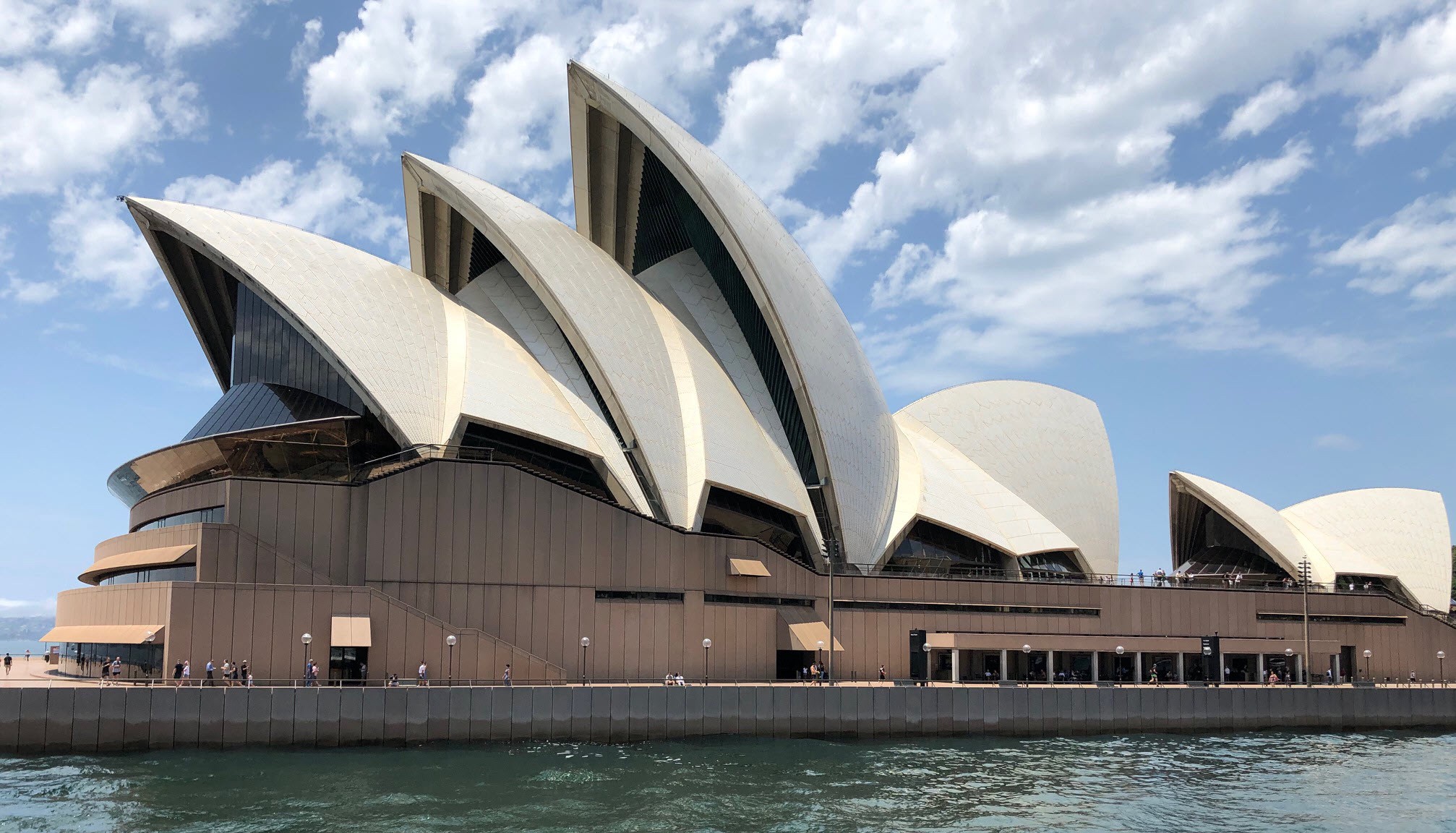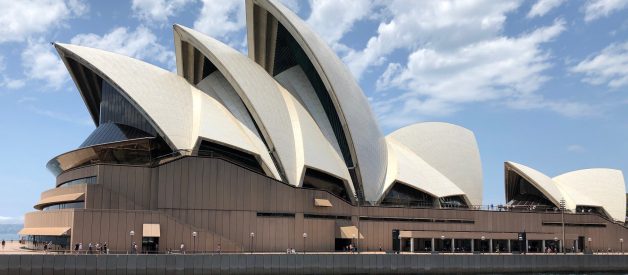The engineer called upon to build the Opera House had challenges similar to the demands on modern Supply Chain Professionals.
 Sydney Opera House. Picture Credit James Marland 2019
Sydney Opera House. Picture Credit James Marland 2019
Earlier this month I made my first visit to Sydney. Like most first time visitors I was suitably impressed with the Opera House, designed by the Danish architect, Jorn Utzon.
While I was there, I read the obituary of Structural engineer, Jack Zunz, who gave Sydney its most famous roof in his role of Chief Structural Engineer, who had just died, aged 94.
This obituary, which I read on my tablet while overlooking the most famous building in the Southern Hemisphere, got me thinking about the difference between Design and Engineering, and what it can tell us about the interplay between the Front Office and the Supply Chain.
Just a few sketches
Architect Utzon won the prestigious design competition but his entry had been selected on the basis of a few sketches without full consideration of the engineering involved. Engineer Zunz eventually found a way to build it by constructing ?shells? from a series of pre-cast concrete ribs, each made of multiple subsections, formed from the surface of a single sphere.
It?s quite similar for Supply Chain Teams when sales go out and commit products and volumes to customers with ?just a few sketches?. They are then asked to build the infrastructure to make it all happen. Sometimes Supply Chain will be asked to solve a problem that has never been seen before, such as allowing Sales to promise personalised product, delivered on demand, with a guarantee of ethical practices throughout the subcontractor network. Just a few sketches.
Complex structures are often hidden
So why is the name of Zunz not well known? Part of the problem is that the title of ?Engineer? in the Anglosphere is often associated with a guy who comes to your house to fix your boiler: whereas ?architect? is more prestigious. We all know the names Wren, Lloyd-Wright, Gaudi and Gehry: but the master craftsmen who built our Gothic cathedrals remain anonymous.
In most companies, Sales & Marketing are the glamour jobs. These are the guys who ?bring in the revenue?, make the big commissions and then pass the order to the Supply Chain teams. Supply Chain has to forecast, plan and determine sources of supply in a highly complex environment. Just like those complex concrete ribs, their work and skill is mainly out of sight, but one mistake and the whole lot comes crashing down.
You need the latest Technology to keep it all together
The Opera House was built under intense public and media scrutiny, with concerns in Australia over the rising costs and delays. The site in Sydney harbour is extremely prominent, with nowhere to hide. Zunz recalled ?It was very much a developmental era, where one was developing ideas, methods, systems. One was really working at the frontiers of what was possible in our industry.?
The Modern Supply Chain executive is also also pushing the boundaries of technology. Things have moved on form what Zunz called ?Iron-Age computers?, but the challenges of methods and systems remain. They are now called Digital Networks, Just in Time, 6-sigma and Blockchain. And their customers are just as impatient as those 1960s Sydneysiders staring out at the scaffolding and cranes.
Of course the Opera House was built, and Zunz went on to a very successful career and the ?sketches? became Australia?s favourite building, still standing proud after forty years. Lets take a moment to remember engineers, and Supply Chain Managers, who stop the roof caving in.
SAP Digital Supply Chain with the Ariba Network provides Digital collaboration across your supply chain, allowing you to to work safely and easily with multiple tiers of contract manufacturers and suppliers across key supply chain planning and execution processes.


